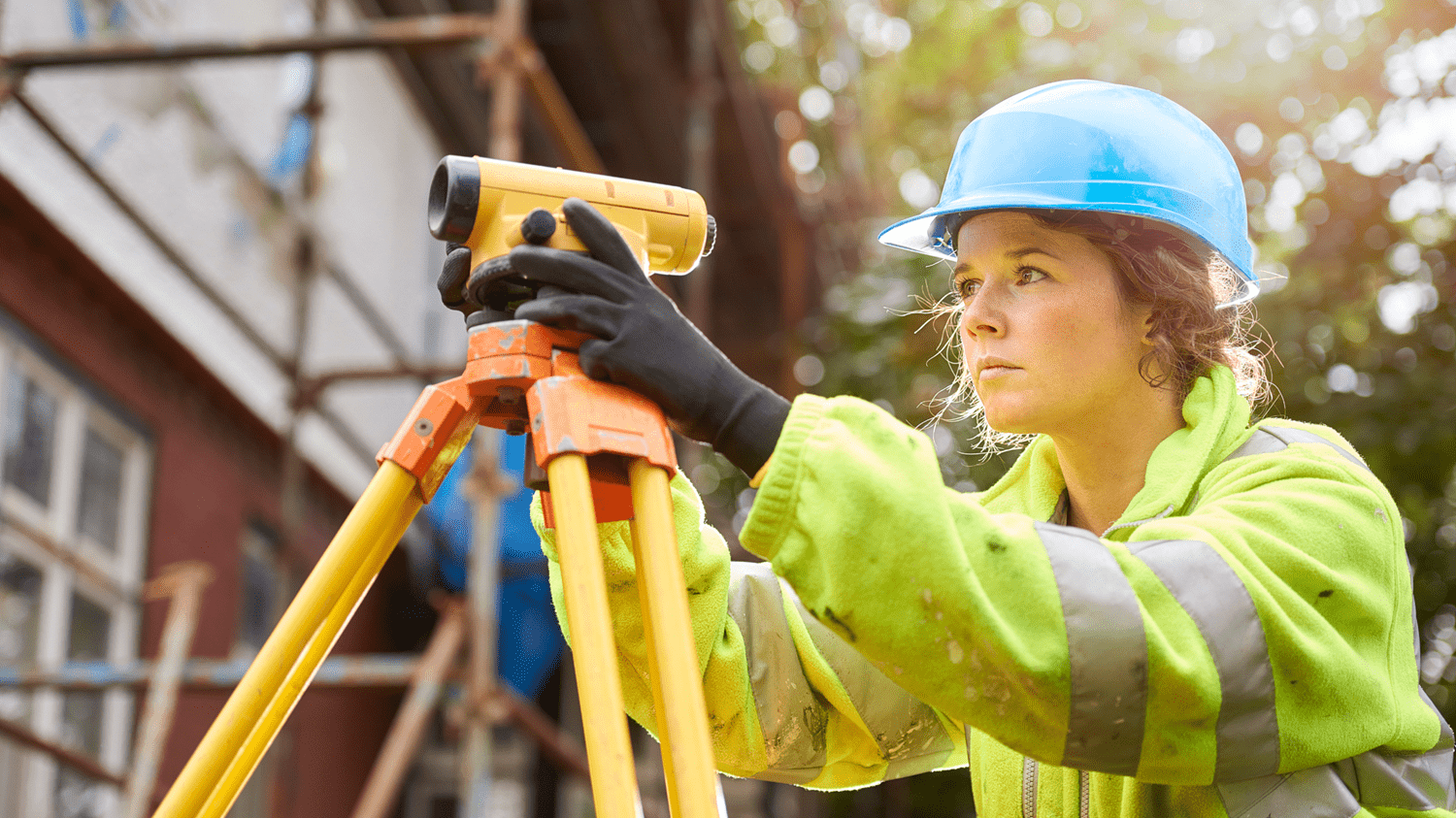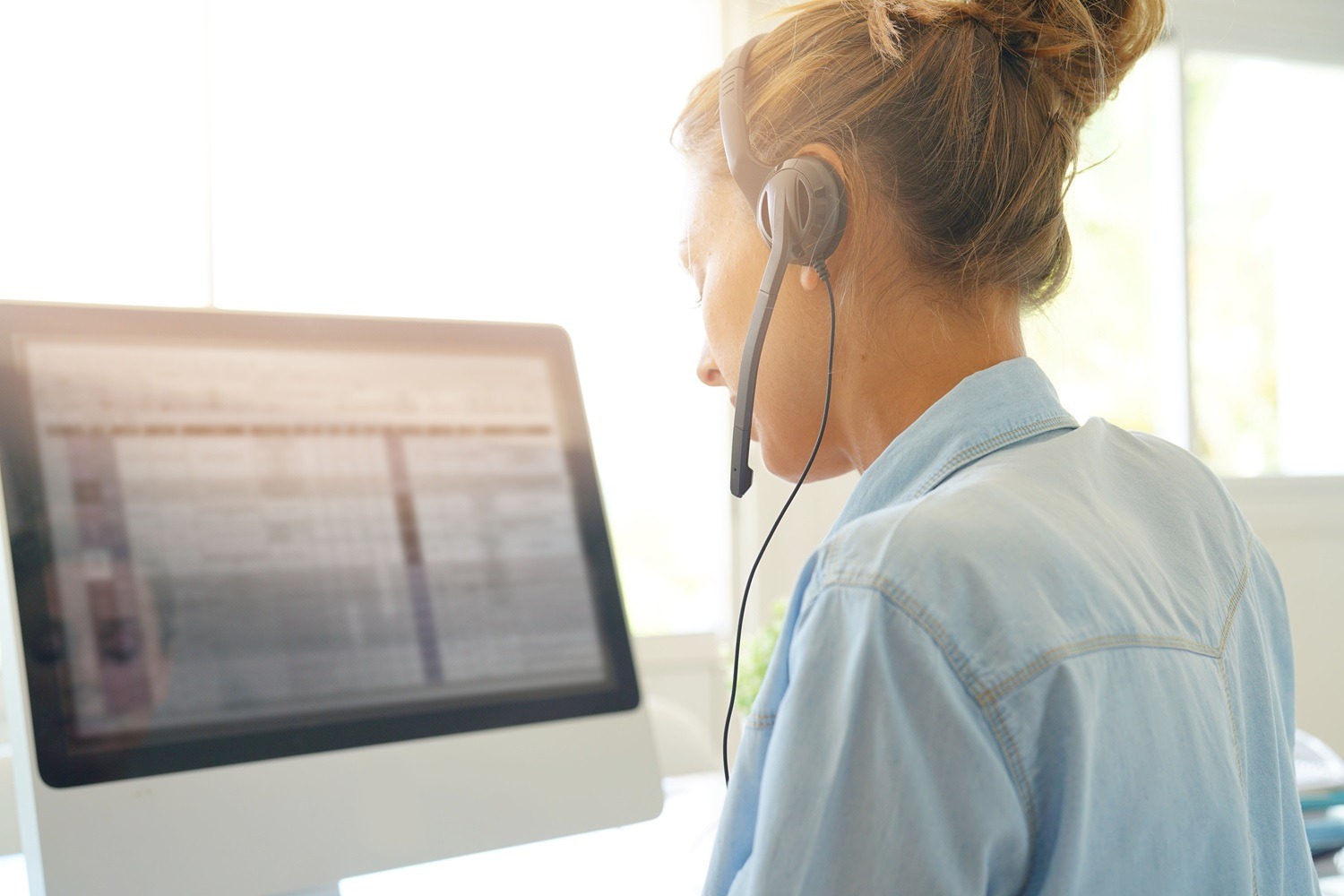
Many businesses have transitioned to a remote workforce. Advanced technology has made it easier for employees to work from home, but that still presents unique safety issues that need addressing.
There are no specific regulations for at-home workplaces, but an employer must still ensure its employees are in safe working conditions. Implementing a safety policy for your remote workers will provide guidelines for creating safe and healthy workspaces.
Create a remote work policy
Creating a company policy for working remotely will clarify requirements, provide guidance, and set expectations. For example, your remote work policy should include requirements for creating safe remote workspaces. It could require proof of homeowner’s or tenant’s insurance to cover equipment damage. It can also outline recommendations for creating a safe and healthy workplace at home. These recommendations can include office furniture ergonomics, heating and cooling, ventilation, lighting, and noise control.
Your remote work policy can also include guidelines for scheduled check-ins.
Check-ins at regular intervals
When an employee is working remotely, they may be working alone. Working alone isn’t necessarily a risk, but you can put a few safety protocols in place if a safety issue arises. For example, you can have your at-home workers check in regularly throughout their shift. They can check-in after each day, project, or at different times of the day. Safety check-ins can be verbal, via text or email, and monitored by someone in your business or a third-party work alone monitoring company like CommAlert.
The Canadian Centre for Occupational Health and Safety recommends keeping a contact schedule with remote workers, even if there are no work or job-related details to discuss. At a minimum, they should check in with someone daily.
Review your insurance
You should also check over your employer insurance policies to ensure it covers your business for all possibilities. For example, a remote worker could trip over a power cord and hit their head. Or there might be a business-related travel accident.
Outline preventative measures for incidents like these in your remote work policy. Work alone monitoring can also improve at-home workplace safety and ensure your employees get the help they need in an emergency.
Keep your team connected throughout the day
The most significant hazard of working alone is that no one is around to help if an accident occurs. While rare, unique situations could present a risk to your remote workers. Ensuring regular contact is maintained with those at-home workers can reduce risk.
For example, keep your team connected on a platform like Microsoft Teams, Google Hangouts or Zoom. It helps you keep tabs on your workers, their safety and productivity. It will also build relationships among team members, develop camaraderie and contribute to healthier company culture.




